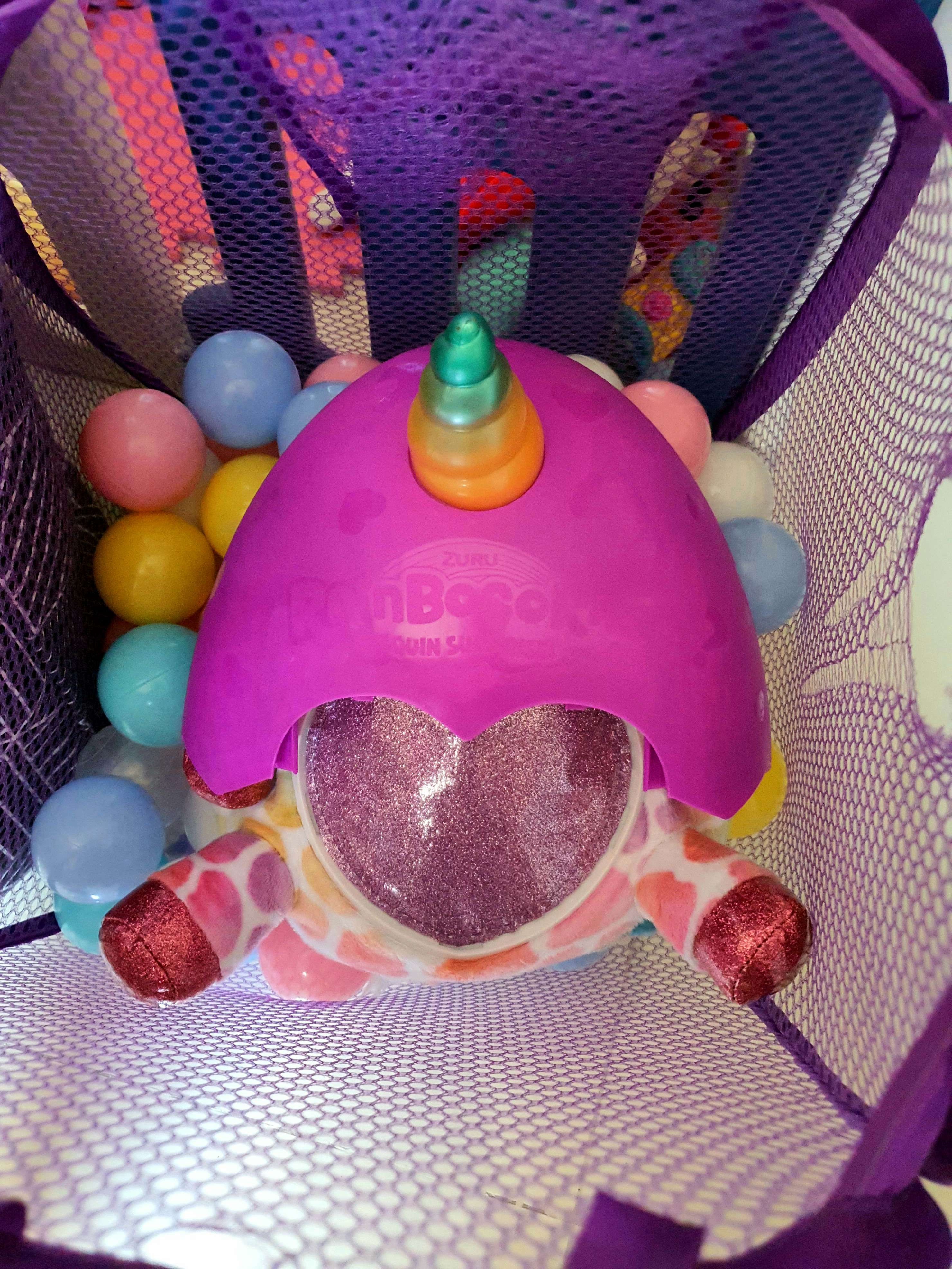
RainbowMouse
I'm a retail investor
11Follow
61Followers
0Topic
0Badge
Hi
Sorry, the original content has been removed
Hi
Sorry, the original content has been removed
Hi
Sorry, the original content has been removed
Hi
Sorry, the original content has been removed
Hi
Sorry, the original content has been removed
Hi
Sorry, the original content has been removed
Hi
Sorry, the original content has been removed
Hi
Sorry, the original content has been removed
Hi
Sorry, the original content has been removed
Hi
Sorry, the original content has been removed
Hi
Sorry, the original content has been removed
Hi
Sorry, the original content has been removed
Hi
Sorry, the original content has been removed
Hi
Sorry, the original content has been removed
Hi
Sorry, the original content has been removed
Hi
Sorry, the original content has been removed
Hi
Sorry, the original content has been removed
Hi
Sorry, the original content has been removed
Hi
Sorry, the original content has been removed
Hi
Sorry, the original content has been removed
Go to Tiger App to see more news